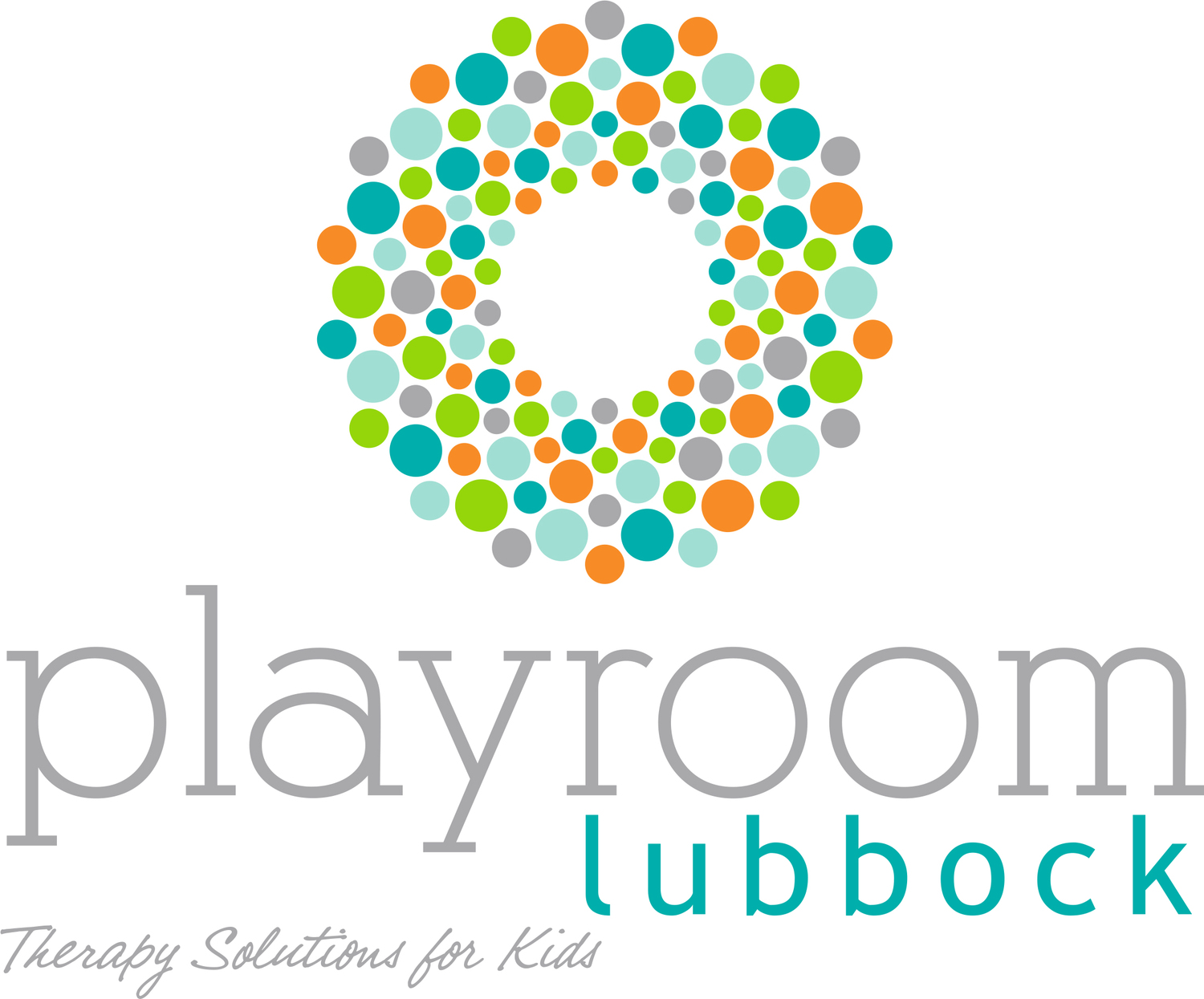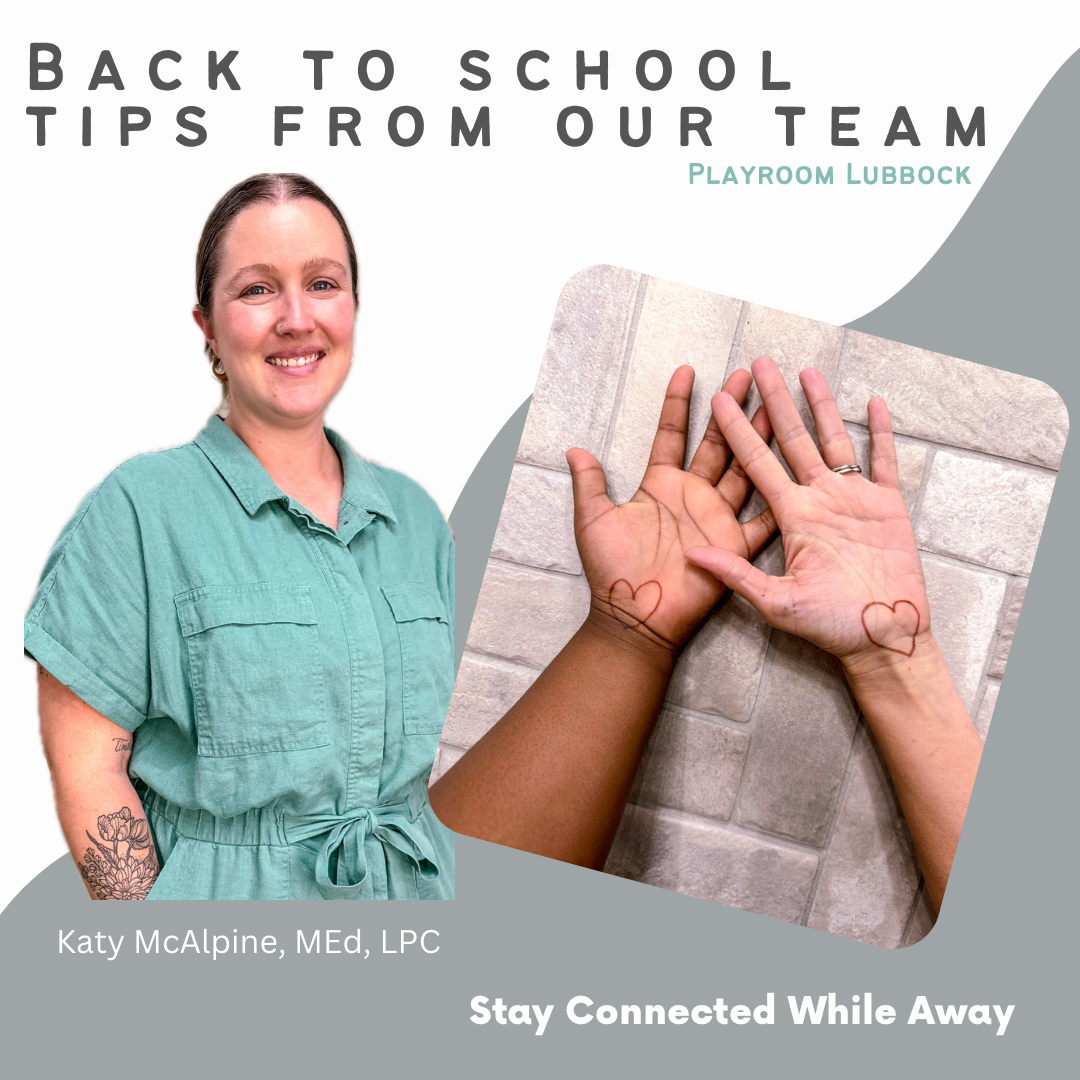From Kelly Martin: The heart map is a craft idea to help your child who has anxiety about returning to school. Draw a large heart on the paper. Divide the heart into sections. In each section, draw pictures and write words of all the things that are great about school, focusing on the positive things that your child likes: friends, recess, Halloween parade, story time etc. While you are working on this craft, encourage your child to talk about what they enjoy. Acknowledge any of your child’s feelings that come up.
(*not an actual client’s work)
From Katy McAlpine: “If your kiddo feels anxious about being separated from you during the first day or weeks of school, here’s a tip to help them feel connected to you! With a pen or sharpie, draw a heart or other shape of choice on your child’s hand and one on your’s. Remind them that you’re always connected by your love for each other and when they need an extra reminder at school they can look down at their hand and see their heart. You can tell them that you’ll be looking at your heart today too and thinking about them❤️”
From our Graduate Student Intern Kathy: Arriving at school 10-15 minutes early each morning is a great way to build a connection with your child and create a positive association with school. Spend this time together playing fun games like I-Spy, Alphabet Hunt, Would You Rather or a simple word association. You can even create a morning scavenger hunt as you walk to the door. These moments can help your child feel more relaxed and associate school with fun, positive experiences.
Taylor Ballard provides this back to school tip: “Going back to school and getting reestablished in routine can bring on a lot of uncomfortable emotions. Anger, nervousness, anxiety, are emotions that can dysregulate our nervous system and make going back to school even more difficult. To help rebalance our nervous system, sometimes we need a bit of shock. This tip is simple yet can be very effective at doing what our body needs… it’s Ice! Putting an ice pack on our chest, chewing ice, taking a cold shower or bath, letting ice melt in our hand can help shock our senses and reset those intense emotions. Taking deep breaths and leaning into the uncomfortable cold helps us ground into the sensation instead of the emotion and we can have a clearer head in deciding how we want to move forward. Feel free to get creative in how you use ice or the cold to reset your or your child’s nervous system!”
.
Taylor of Tailored Therapy provides services inside Playroom Lubbock.
Today’s tip is by Shalea Addison of Rise Up Counseling Services in Seminole, TX. She also offices inside Playroom Lubbock. “A great way to provide stability for your family is to create daily rituals that build connection. Whether it’s having breakfast together, reading a bedtime story, or even taking a short walk after school, establishing a daily routine can strengthen your bond and allow you to connect with your child regularly. Start with a morning routine to help start your child’s day off right. Mornings can set the tone for the entire day!”







